n order to study how the price of a currency pair moves, you need some sort of way to look at its historical and current price behavior.
A chart, or more specifically, a price chart, happens to be the first tool that every trader using technical analysis needs to learn.
A chart is simply a visual representation of a currency pair’s price over a set period of time.

It visualizes the trading activity that takes place during a single trading period (whether it’s 10 minutes, 4 hours, one day, or one week).
Any financial asset with price data over a period of time can be used to form a chart for analysis.
Price changes are a series of mostly random events, so our job as traders is to manage risk and assess probability and that’s where charting can help.
Charts are user-friendly since it’s pretty easy to understand how price movements are presented over time since it’s sooooo visual.
With a chart, it is easy to identify and analyze a currency pair’s movements, patterns, and tendencies.
On the chart, the y-axis (vertical axis) represents the price scale and the x-axis (horizontal axis) represents the time scale.
Prices are plotted from left to right across the x-axis.
The most recent price is plotted furthest to the right.

Back in the day, charts were drawn by HAND!
Fortunately for us, Bill Gates and Steve Jobs were born and made computers accessible to the masses, so charts are now magically drawn by software.
What does a price chart represent?
A price chart depicts changes in supply and demand.
A chart aggregates every buy and sell transaction of that financial instrument (in our case, currency pairs) at any given moment.
A chart incorporates all known news, as well as traders’ current expectations of future news.
When the future arrives and the reality is different from these expectations, prices shift again.
The “future news’ is now “known news”, and with this new information, traders adjust their expectations on future news. And the cycle repeats.
Charts blend all activity from the millions of market participants, whether they’re humans or algos.
Whether the transaction occurred by the actions of an exporter, a currency intervention from a central bank, trades made by an AI from a hedge fund, or discretionary trades from retail traders, a chart blends ALL this information together in a visual format technical traders can study and analyze.
Types of Price Charts
Let’s take a look at the three most popular types of price charts:
- Line chart
- Bar chart
- Candlestick chart
Now, we’ll explain each of the forex charts, and let you know what you should know about each of them.
Line Chart
A simple line chart draws a line from one closing price to the next closing price.
When strung together with a line, we can see the general price movement of a currency pair over a period of time.

It’s simple to follow, but the line chart may not provide the trader with much detail about price behavior within the period.
All you know is that price closed at X at the end of the period. You have no clue what else happened.
But it does help the trader see trends more easily and visually compare the closing price from one period to the next.
This type of chart is usually used to get a “big picture” view of price movements.
The line chart also shows trends the best, which is simply the slope of the line.
Some traders consider the closing level to be more important than the open, high, or low. By paying attention to only the close, price fluctuations within a trading session are ignored.
Here is an example of a line chart for EUR/USD:

Bar Chart
Unfortunately, this is not a chart at a bar.
A bar chart is a little more complex. It shows the opening and closing prices, as well as the highs and lows.
Bar charts help a trader see the price range of each period.

Bars may increase or decrease in size from one bar to the next, or over a range of bars.
The bottom of the vertical bar indicates the lowest traded price for that time period, while the top of the bar indicates the highest price paid.
The vertical bar itself indicates the currency pair’s trading range as a whole.
As the price fluctuations become increasingly volatile, the bars become larger. As the price fluctuations become quieter, the bars become smaller.
The fluctuation in bar size is because of the way each bar is constructed. The vertical height of the bar reflects the range between the high and the low price of the bar period.
The price bar also records the period’s opening and closing prices with attached horizontal lines.
The horizontal hash on the left side of the bar is the opening price, and the horizontal hash on the right side is the closing price.
Here is an example of a bar chart for EUR/USD:

Take note, throughout our lessons, you will see the word “bar” in reference to a single piece of data on a chart.
A bar is simply one segment of time, whether it is one day, one week, or one hour.
When you see the word ‘bar’ going forward, be sure to understand what time frame it is referencing.
Bar charts are also called “OHLC” charts because they indicate the Open, the High, the Low, and the Close for that particular currency pair.
A big difference between a line chart and an OHLC (open, high, low, and close) chart is that the OHLC chart can show volatility.
Here’s an example of a price bar again:
 Open: The little horizontal line on the left is the opening price
Open: The little horizontal line on the left is the opening price
High: The top of the vertical line defines the highest price of the time period
Low: The bottom of the vertical line defines the lowest price of the time period
Close: The little horizontal line on the right is the closing price
Candlesticks Charts
The candlestick chart is a variation of the bar chart.
Candlestick charts show the same price information as a bar chart but in a prettier, graphic format.
Many traders like this chart because not only is it prettier, but it’s easier to read.

Candlestick bars still indicate the high-to-low range with a vertical line.
However, in candlestick charting, the larger block (or body) in the middle indicates the range between the opening and closing prices.
Candlesticks help visualize bullish or bearish sentiment by displaying “bodies” using different colors.
Traditionally, if the block in the middle is filled or colored in, then the currency pair closed LOWER than it opened.
In the following example, the ‘filled color’ is black. For our ‘filled’ blocks, the top of the block is the opening price, and the bottom of the block is the closing price.
If the closing price is higher than the opening price, then the block in the middle will be “white” or hollow or unfilled.

Here at BabyPips.com, we don’t like to use traditional black and white candlesticks. They just look so unappealing.
And since we spend so much time looking at charts, we feel it’s easier to look at a chart that’s colored.
Color television is much better than a black and white television, so why not splash some color on those candlestick charts?
We simply substituted green instead of white, and red instead of black. This means that if the price closed higher than it opened, the candlestick would be green.
If the price closed lower than it opened, the candlestick would be red.
In our later lessons, you will see how using green and red candles will allow you to “see” things on the charts much faster, such as uptrend/downtrends and possible reversal points.
For now, just remember that on forex charts, we use red and green candlesticks instead of black and white and we will be using these colors from now on.
Check out these candlesticks…BabyPips.com style! Awww yeeaaah! You know you like that!

Here is an example of a candlestick chart for EUR/USD. Isn’t it pretty?

The purpose of candlestick charting is strictly to serve as a visual aid since the exact same information appears on an OHLC bar chart.
The advantages of candlestick charting are:
- Candlesticks are easy to interpret and are a good place for beginners to start figuring out chart analysis.
- Candlesticks are easy to use! Your eyes adapt almost immediately to the information in the bar notation. Plus, research shows that visuals help with studying, so it might help with trading as well!
- Candlesticks and candlestick patterns have cool names such as the “shooting star,” which helps you to remember what the pattern means.
- Candlesticks are good at identifying market turning points – trend reversals from an uptrend to a downtrend or a downtrend to an uptrend. You will learn more about this later.
There are many different types of charts available, and one is not necessarily better than the other.
The data may be the same to create the chart but the way that data is presented and interpreted will vary.
Each chart will have its own advantages and disadvantages. You can choose any type or use multiple types of charts for technical analysis. It all depends on your personal preference.
Now that you know why candlesticks are so cool, it’s time to let you know that we will be using candlestick forex charts for most, if not all of forex chart examples on this site.


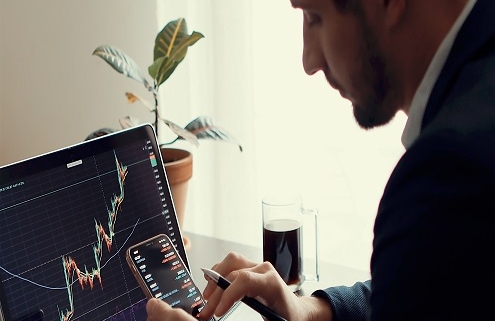

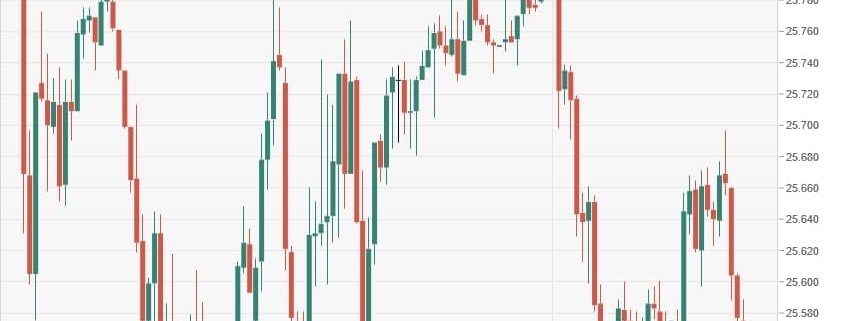
















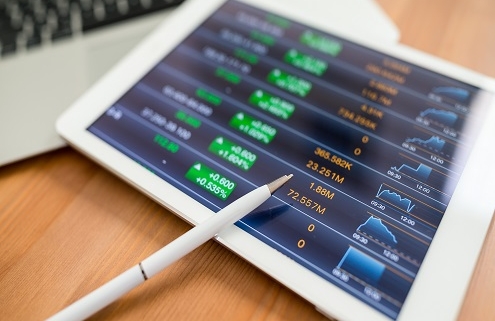












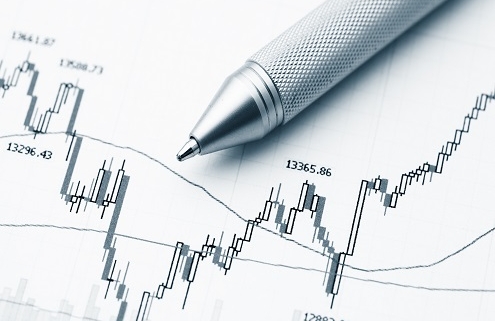
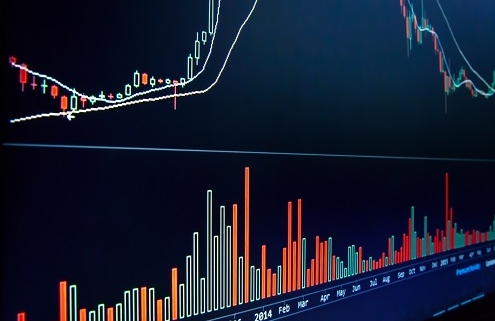






 +35726030417
+35726030417 support@Forextk.com
support@Forextk.com Android app
Android app